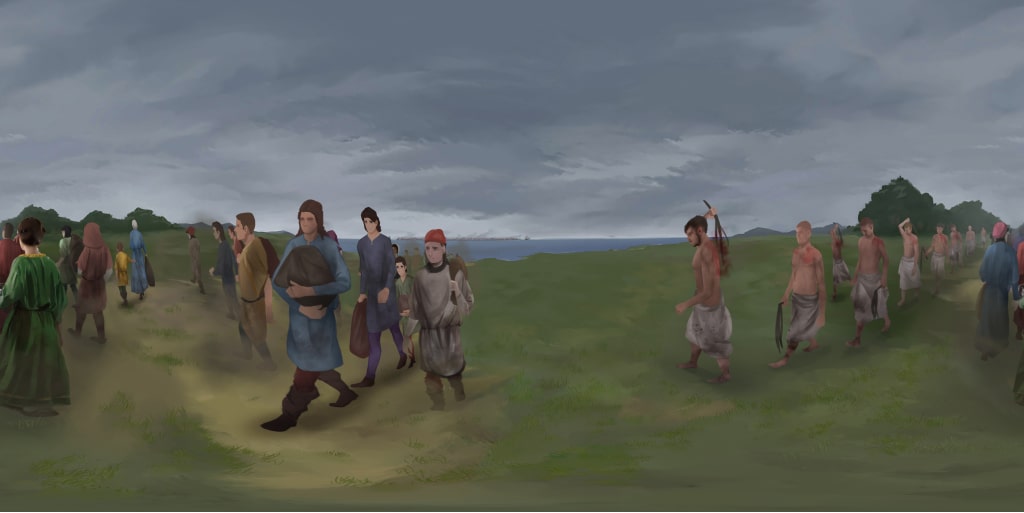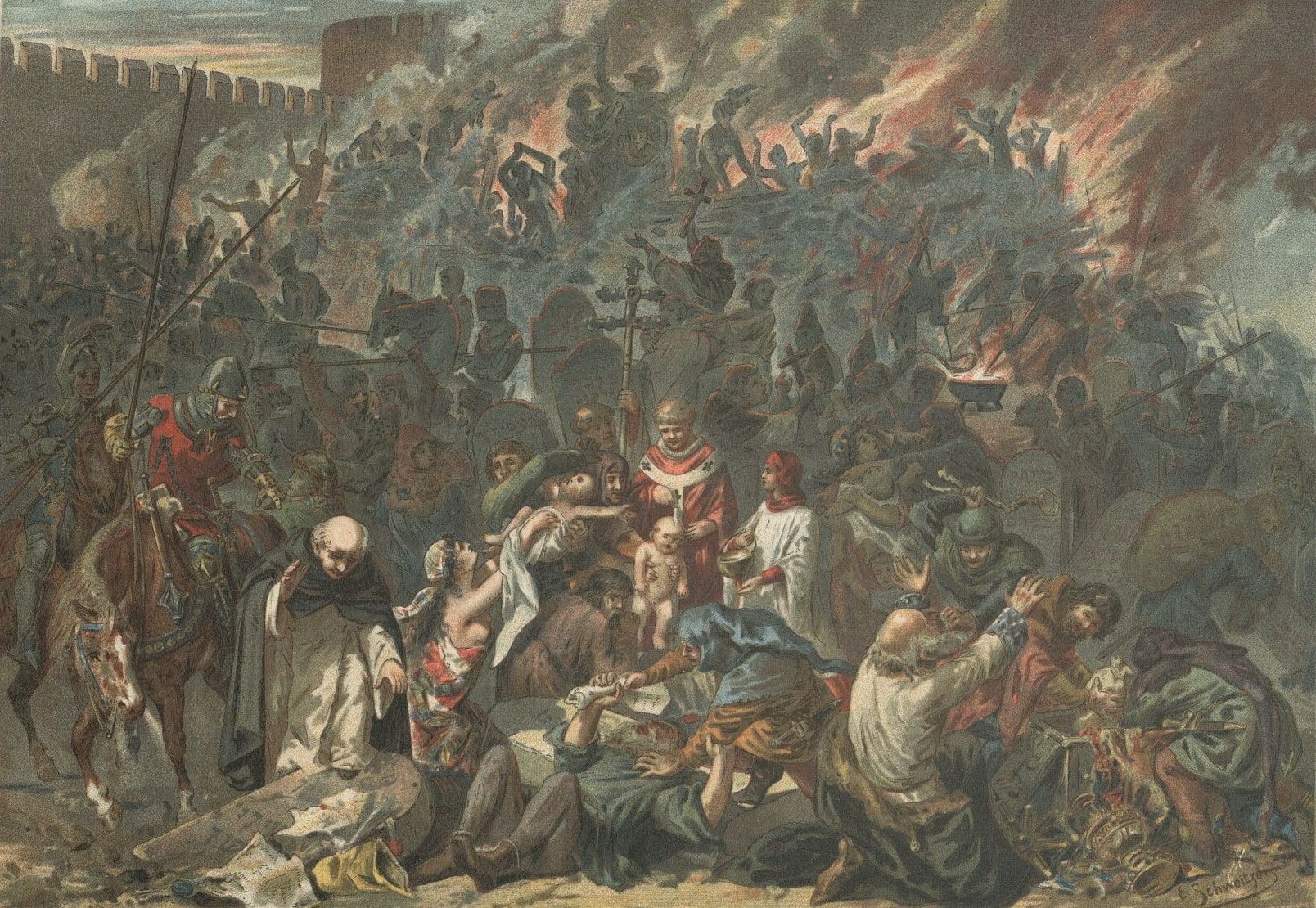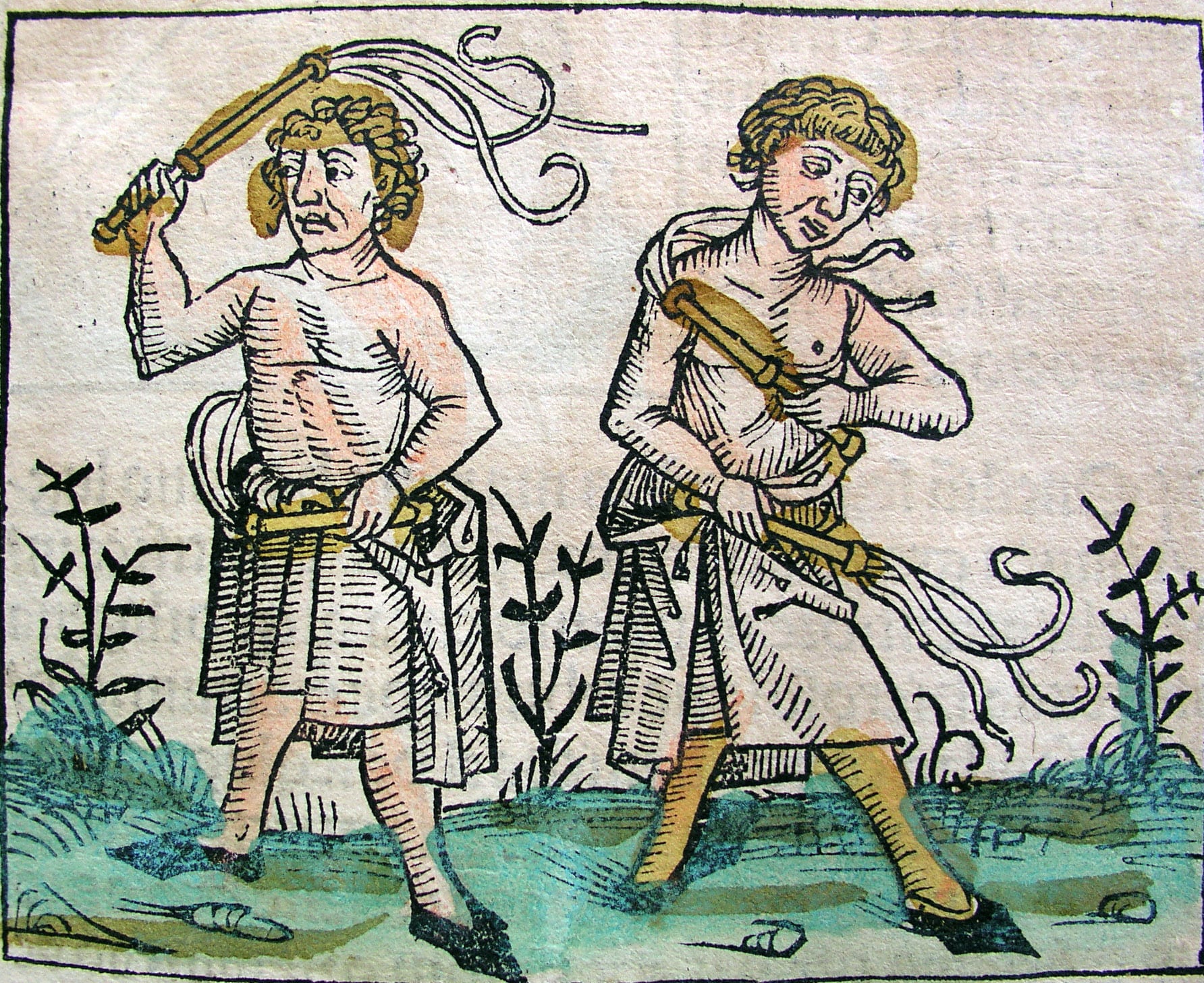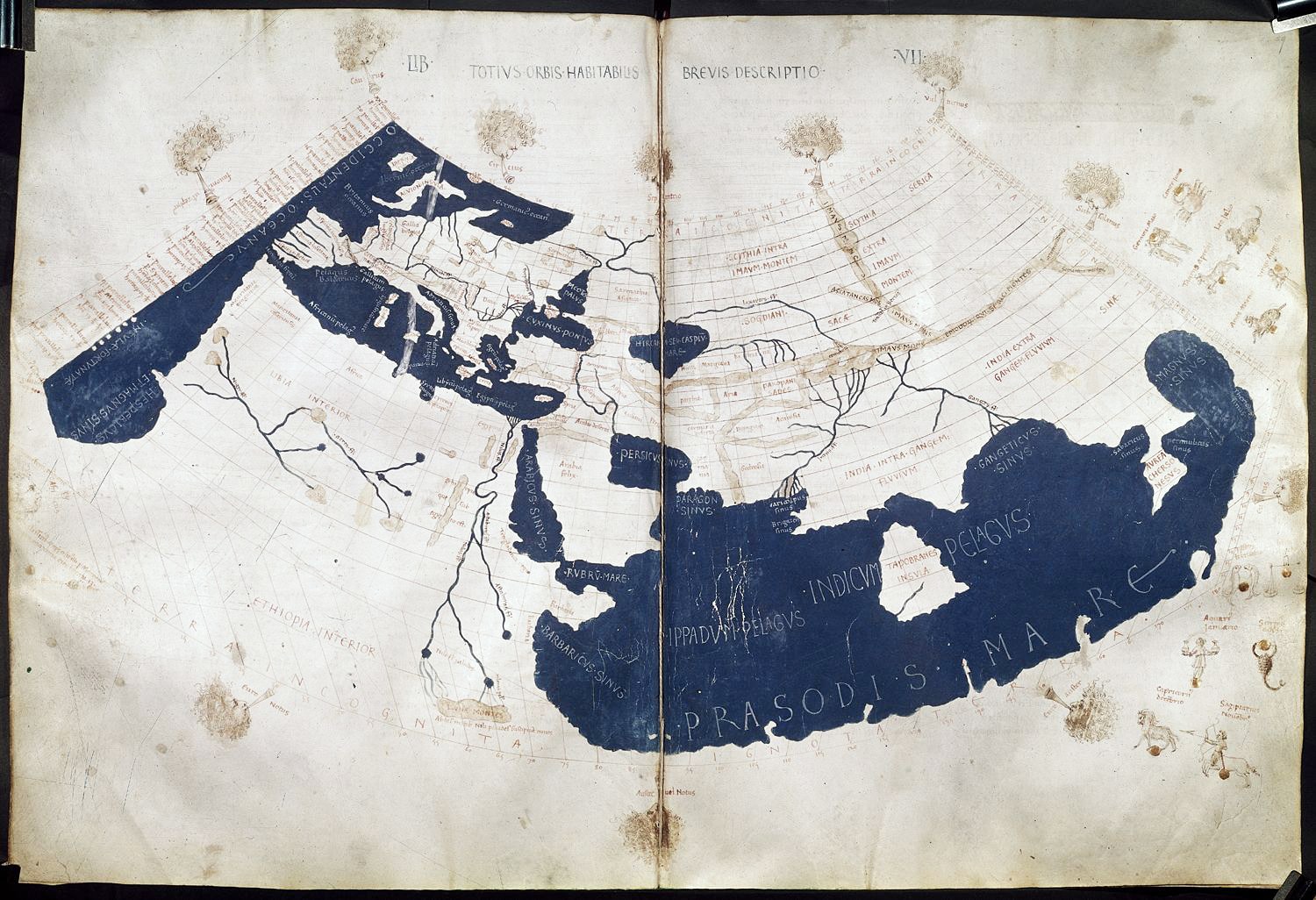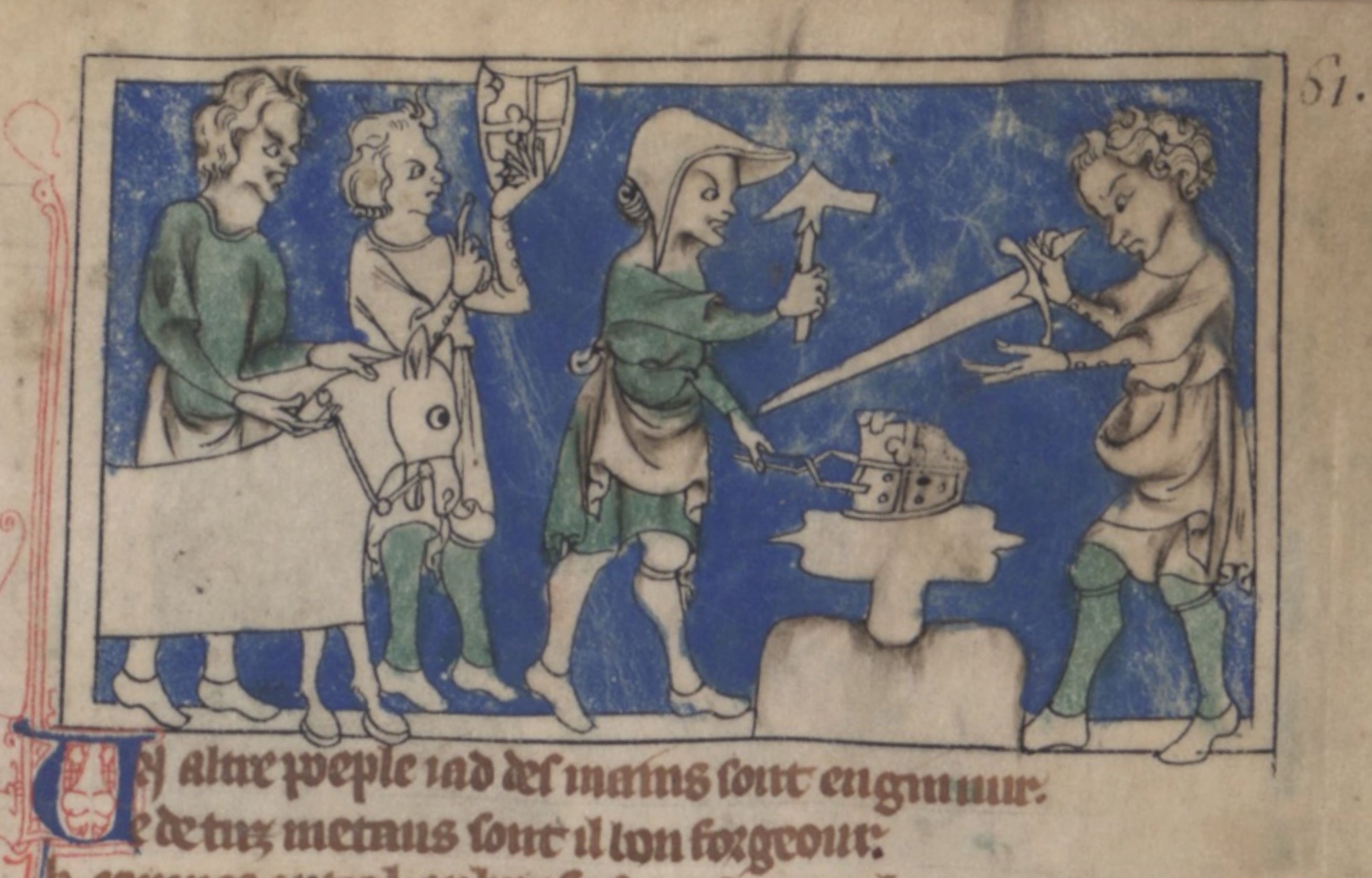

Giana felt tears welling in her eyes. “Go, daughter. For me. Please...I’ll want someone left to carry on my legacy when I’m gone. You’re the only one who knows my techniques. You go and you bake the best bread Lady Francesca has ever had. Eh?” Papa’s voice was gentle and loving. Giana wanted nothing more than to break down the door and hug him, but she knew if she did that he would never forgive her.
“Okay, Papa, I’ll go…” Giana reluctantly agreed and headed back downstairs.
Marina must have noticed the concern in her friend’s face, because her forehead wrinkled and she asked in a hushed whisper, “Giana, is everything alright?”
“Yes, everything is fine. It’s just...Papa wanted to stay behind to take care of the shop.” Giana couldn’t bear to tell Marina the truth. “But I can still go.”
“Okay. What about your things?”
“I was hoping I could borrow some clothes from you. We’re about the same size and I don’t have anything nice enough to wear at a Lady’s residence.” Giana’s clothes were all in the room with her sick Papa, so she couldn’t go back to get them.
“Of course you can,” Marina nodded solemnly. “Let’s go before we miss the carriage.”
Giana and Marina arrived at the carriage just in time, and headed off with Lady Francesca to her villa in the country. Giana was praised for making the French style bread and pastries the Lady had come to expect in the morning. As thanks, she was treated to fine wines and all the strawberry jam she could eat. At night, when Francesca and her sisters played instruments and told stories by the firelight, they would often ask Marina and Giana to join in. The time at the Lady’s estate felt like a bubble where the troubles of the outside world could never touch them. There were even moments where Giana did not think about what happened to her father.
Lacking an understanding of what caused the disease, how to stop its spread, and how to treat it meant that communities in Europe were terrified of the Black Death. As it ripped through the continent, killing indiscriminately, different groups of people were identified as being culpable for the pestilence. In particular, there were a series of violent persecutions directed against Europe’s Jews at this time. During their worst, people were massacred because of their religious identity.
Even prior to the spread of the plague, Jewish communities in Europe were already viewed with a high degree of suspicion. Antisemitism was common, and in many large cities the Jewish community were isolated in ghettos. In the end, this isolation meant that some Jewish communities avoided some of the worst ravages of the plague’s effects. Other rules in the Jewish faith that promoted cleanliness may also have helped stymie the spread of the disease.
Jewish communities were made scapegoats, and soon accusations began to swirl that they had caused the disease: a common accusation was that they had poisoned wells. Because Jewish communities were often separate and rather isolated, they did not use the same water supplies as others. When the disease appeared to affect the Jews less than others, communities became suspicious.
"In the matter of this plague the Jews throughout the world were reviled and accused in all lands of having caused it through the poison which they are said to have put into the water and the wells-that is what they were accused of-and for this reason the Jews were burnt all the way from the Mediterranean into Germany, but not in Avignon, for the pope protected them there." The Creamation of Strasbourg Jewry St. Valentine’s Day, February 14, 1349.
The Antisemitism in Europe eventually boiled over into horrific bloodshed. The first massacre of a Jewish community took place in April 1348. In this French city, the Jewish quarter was sacked, and as many as 40 Jews were murdered. Further violence soon broke out in Barcelona, before spreading to the rest of Europe. Many of the worst pogroms (a violent riot) took place in the Rhineland. Historians now belief there were as many as 350 incidents of antisemitic violence by 1351. Perhaps the most infamous bloodletting took place on 14th February 1349, with the ‘Valentine’s Day’ massacre in Strasbourg: 2,000 Jews were burnt alive.
In the already febrile religious atmosphere of fourteenth century Europe, the spread of the Black Death provoked many people to reexamine their relationship with their Christian faith. If, as many believed, the plague was a sign of God’s wrath, then how could they show their devotion to Him?
For the Flagellants, the answer was to repent their sins, share Jesus’ pain, and demonstrate their penitence by publicly whipping themselves (hence their name, Flagellants, from the Latin, flagellare, meaning to whip). Wearing long white robes but naked from the waist up, they would process around towns, before offering prayers and whipping themselves. Sometimes, the whips used even had nails or metal hooks attached to the tails to increase the pain inflicted!
"They marched naked in a file one behind the other and whipped themselves with these scourges on their naked and bleeding bodies."
Robert of Avesbury, an English historian in the 14th century, described a procession of Flagellants who crossed the Channel and headed toward London. His description, recorded in his De gestis mirabilibus regis Edwardi tertii, offers one of the most credible accounts of life in the Black Death and of the Flagellants.
Many sects and brotherhoods in Christianity adopt practices similar to flagellation. Broadly, these practices are known as forms of mortification. The movement was first recorded in 1259 in Perugia (Central Italy), in response to a famine. However, the movement is most closely associated with the spread of the Black Death, where Flagellant groups were common across northern and central Europe in the mid-14th century.
The Flagellants offer effective insight into the divisive religious politics of the Middle Ages. Although the movement was initially tolerated by the Catholic Church, they were condemned by Clement VI in a papal bull issued in 1349. The movement was increasingly viewed as heretical. Their popularity was further affected when some observed that the plague was occasionally bought into towns by the Flagellants themselves!
The movement of people was a key factor in the initial spread of the Black Death around Eurasia. Over sea and over land, the vital trading routes that nourished cities and kingdoms in the 14th century also provided the routes for the disease to spread so rapidly and so dangerously.
When we think of the medieval world, we should always keep in mind the connections between communities, not only around Europe, but also between the continents; people, goods, ideas were on the move in ways that we may find initially surprising.
However, it is also important to consider the impact of the plague on the movement of people. For some, it restricted movement; the Black Death represents some of the first attempts at isolating and controlling the movement of patients, with quarantine introduced in some cities – such as Venice – to attempt to protect others. Many monarchs around Europe instituted measures that attempted to close off their territories to others in vain attempts to spread the movement of the plague. This was particularly evident in Eastern Europe were new, more stringent laws were introduced to tie populations to the land, often through serfdom. Legislation was introduced in England too, in the form of the Ordinance of Labourers in 1349. This fixed wages, imposed price controls, and attempted to prohibit the movement of workers.
The Black Death also caused a huge demographic shock in medieval Europe. As well as the devastating impact of population loss as a result of the huge number of fatalities, the spread of the disease had also provoked people into moving. Whole swathes of villages in rural and agricultural communities became deserted, as residents either died in the plague or moved in search of safety. Estimates by historians suggest that by the end of the 14th century, the population of England had been halved from its total at the start of the century, and that around 1,000 rural villages were depopulated.
For urban workers, the new space opened up by the plague’s devastating effects was the cause of rather morbid opportunism. The population decline meant that labourers could move to new locations in search of better wages, now that their skills were in such high demand. Governments and Monarchies across Europe attempted to introduce controls to protect the former status quo, often with violent results…
Following the Black Death and the huge demographic changes it caused, women in medieval society were also able to enjoy – in general – a greater degree of freedom than previously, at least initially.
Because so many people had perished in the plague, afterwards women were allowed to own and cultivate land, and they thus became important to maintaining society. In the immediate aftermath of the Black Death, women also enjoyed greater professional opportunities. Previously, women had been allowed to work, including as bakers, weavers, and agricultural labourers. Now, however, they found themselves able to join guilds, and own their own businesses. Unfortunately, as societies progressively recovered in the decades that followed, the Church and aristocracies were able to reassert control. This led to a curtailment of these liberties once again, with women relegated to subservient roles in society.
It is important to note that the role and expectations placed upon women in medieval society varied according to a number of factors, not least social status. Several powerful women bestrode the political landscape of 14th century Europe, including Joanna I of Naples.
The role of women in politics is also clear from the writing of the Venetian, Christine de Pizan. After her husband died of the plague in 1389 (during one of its many recurrences), Christine became a court writer to support her family, and enjoyed the support of wealthy patrons in the court of Charles V of France. She wrote The Book of the City of Ladies, which imagined a city populated by some of the most famous women from history to demonstrate the value of women in society. Later, she also wrote The Treasure of the City of Ladies (finished in 1405). It is an educational manual for medieval women, ranging from peasants to princesses, and it is considered one of the very earliest pieces of literature to present feminist ideas. Although the work presents the increased involvement of women in society, it is clear that they remained subordinate to the men in their lives: "She will ponder long and hard whether she can do something (always preserving the honour of her husband".
For common labourers across Europe, the devastation of the plague presented both opportunity and oppression. The promise of a more fluid society hinted at by the enormous demographic transformation saw fierce resistance from traditional aristocracies, eager to retain their former status, wealth, and privileges.
The terrible effects of the plague in prompting huge depopulation offered new possibilities of social mobility to both peasants and workers. The obligations that once connected peasants to a particular aristocrat and his estate – known broadly as feudalism – were so badly eroded by the plague’s effects that they never truly recovered. The deaths of so many labourers meant that landowners were compelled to offer improved conditions to retain tenants. This effectively sounded the death knell of serfdom in western Europe, though it would endure in the east – especially in Russia – for a considerable period of time still.
"A great mortality ... destroyed more than a third of the men, women and children. As a result, there was such a shortage of servants, craftsmen, and workmen, and of agricultural workers and labourers, that a great many lords and people, although well-endowed with goods and possessions, were yet without service and attendance." Chronicle of the Black Death, ca. 1350, written at the cathedral priory of Rochester, England.
For more skilled workers, often found in towns and cities, there was a general increase in wages. The surplus cash helped erode the former barriers that had contributed to the stratified societies of medieval Europe.
However, some historians suggest that elsewhere, the effects of the Black Death in Europe prompted recourse to innovation. To cover the gaps in the labour force left by the dead, people turned to new labour-saving techniques. This included a shift toward animal husbandry – which involved only one shepherd and some sheep dogs – at the expense of grain farming, which was labour intensive.
Of course, not everyone in medieval society was happy with these changes. In England especially, a number of different pieces of legislation were introduced to attempt to curtail peasants and other workers from seeking higher wages. In 1381, the tensions arising from these attempts would spill over into the Peasant’s Revolt.
